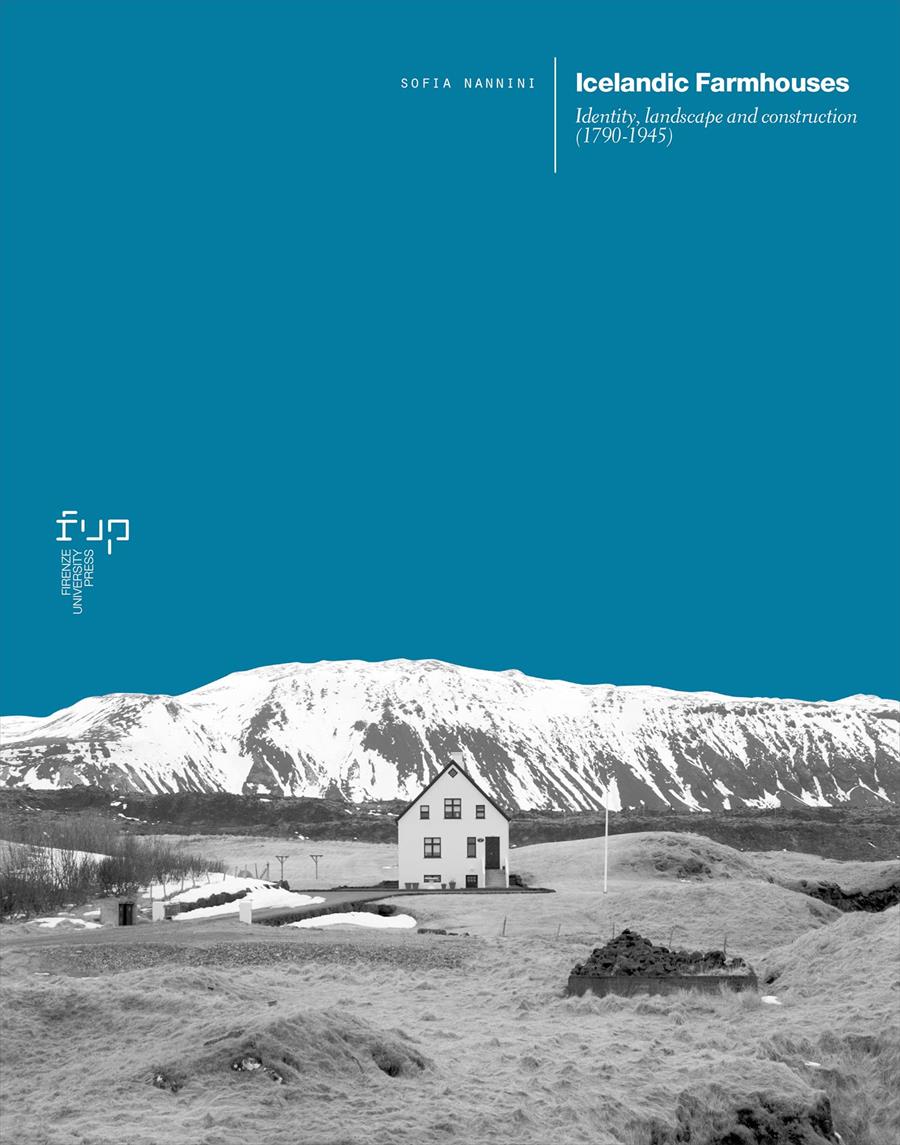
Altre news
Icelandic Farmhouses
11/09/2023
Icelandic Farmhouses: Identity, Landscape and Construction (1790–1945) retraces the history of Icelandic rural architecture, that is the architecture of rural settlements such as farmsteads and farmhouses, between the late eighteenth century and the mid-twentieth century. This book deals with a specific trait of Icelandic architecture, that is the history and material development of the island’s rural buildings.The rural nature of the Icelandic society characterized the island’s economy since the Medieval times until after the Second World War. Not only were traditional farmhouses considered symbols of the country’s history and culture, but they also became an important backdrop for debating the modernization of local building techniques.
The first chapter of this book presents the main characteristics of Icelandic vernacular architecture, that is turf construction. The chapter retraces some late-eighteenth and nineteenth-century publications regarding the architectural improvement of Icelandic farmhouses, analyzing their contexts and scopes. These texts were meant to foster some political debates among members of the Parliament in order to promote specific laws which might improve the farmers’ living conditions. Eventually, the chapter underscores the much-debated issue regarding the renovation of turf farmhouses, which had to be renewed by the owners at every generation.
The second chapter deals with the modernization of Icelandic rural construction in the first half of the twentieth century. Thanks to the increasing popularity of concrete technology in the country, farmhouses became a field of experimentations of modern building materials within the harsh Icelandic environment. This chapter underscores a debate around the modernization of farmhouses, that opened up a discussion on traditionalism in Icelandic architecture, merging national-romantic stances, nationalistic feelings towards vernacular construction and a desperate need for modernization. Since the late 1920s the issue of rural dwellings was going to be tackled centrally, with the opening of a technical office for the planning of farmhouses at a national scale, which came to be known as Teiknistofa Landbunaðarins [Technical Office of the Agricultural Agency]. The chapter retraces the vast technological and cultural influence of the office thanks to the consistent body of drawings collected at the National Archives of Iceland.
Through the study of Icelandic rural buildings, this book narrates a very peculiar history of architecture: one of adaptation and tradition, scarceness of building materials and difficult transfers of knowledge to and from Europe. The history of Icelandic farmhouses is intertwined with construction issues, nationalistic debates, and a quest for a much-needed modernization of the standards of living. Discussing this history means analyzing the human presence on the North Atlantic island and the rural core of the Icelandic society.